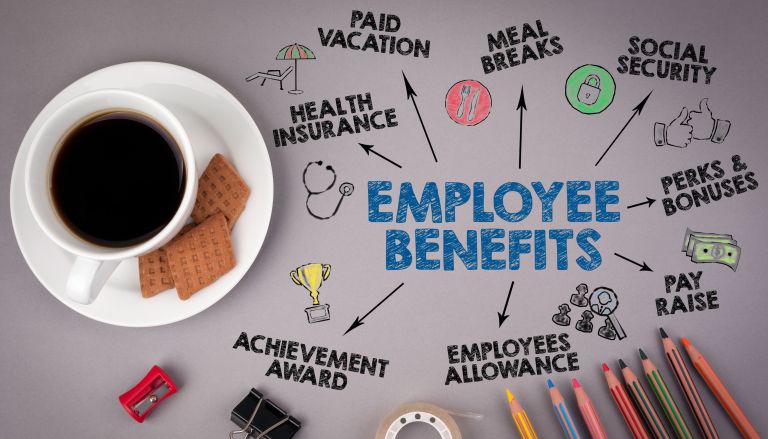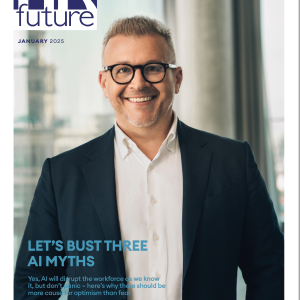Selling an agency—whether marketing, digital, insurance, or consulting—is often the culmination of years of strategic growth and relentless problem-solving. But many owners don’t realize that the final sale price isn’t just a reflection of revenue or profit margins. It’s an outcome shaped by how well your agency is positioned across operational, financial, cultural, and talent dimensions.
For HR professionals and agency founders alike, understanding how to influence these factors isn’t just about profitability—it’s about organizational legacy, employee continuity, and future leadership impact.
This guide takes a thought leadership approach to explore what actually drives valuation multiples in today’s mergers and acquisitions market—and how you can align your internal people strategies and business systems to maximize your agency’s selling price.
1. Go Beyond Profit: Sell a System, Not Just a Business
High-value agencies are rarely just profitable—they’re structured. Buyers are not only acquiring clients and revenue streams; they’re investing in repeatable processes, scalable infrastructure, and a team that can run the agency without its founder.
To that end:
- Document standard operating procedures (SOPs) for every function.
- Build robust performance dashboards and KPIs.
- Use centralized CRM and project management tools to showcase operational visibility.
Key Insight: The less reliant the agency is on the founder or a few key clients, the higher its perceived stability—and valuation.
2. Develop Leadership Autonomy and a Succession Mindset
From an HR lens, the presence of independent decision-makers and a strong leadership bench can add significant value. M&A advisors often cite “key-person risk” as a deal killer—when too much knowledge or control is concentrated in the founder.
To increase sale readiness:
- Elevate senior talent into strategic roles months (or years) before selling.
- Build an incentive model that retains leadership through the transition period.
- Document internal workflows and delegate authority across functions.
This enhances buyer confidence in continuity and creates a culture that can survive change—crucial in a post-acquisition phase.
3. Focus on Recurring Revenue and Client Retention
Consistent client revenue is the bedrock of agency valuation. Recurring models like retainers, subscription-based services, or monthly minimum commitments signal predictability and de-risk the investment for buyers.
Key value levers:
- Reduce reliance on one-time project revenue.
- Diversify your client portfolio—no one client should exceed 15–20% of revenue.
- Build client success strategies that promote long-term retention.
According to multiple brokerage sources, agencies with strong recurring revenue streams command multiples 30–50% higher than their project-based counterparts.
4. Use the Right Pricing Model to Boost Margins
Choosing the right pricing model is one of the fastest ways to increase profitability—a key valuation metric.
High-multiple agencies often move away from hourly billing toward:
- Value-based pricing (charging based on outcome, not time)
- Performance-based models (where results align with compensation)
- Hybrid retainers that blend base fees with success incentives
A McKinsey study famously reported that a 1% increase in pricing improves profitability by up to 11%—a far more efficient lever than cost-cutting.
5. Strengthen Your Employer Brand and Culture
Buyers don’t just look at spreadsheets. The cultural alignment between buyer and seller can make or break the deal. A cohesive, documented, and compelling company culture:
- Improves employee retention during the transition
- Boosts perceived stability and operational resilience
- Increases attractiveness for acquirers looking to integrate teams
Invest in:
- Employer branding assets
- Onboarding and training documentation
- Transparent internal communications
A well-articulated culture creates intangible value that enhances the overall deal narrative.
6. Ensure Legal and Compliance Readiness
From HR contracts to NDAs, non-competes, and data privacy policies—compliance is non-negotiable.
- Conduct an internal audit of HR files, agreements, and employee classifications
- Ensure all intellectual property is properly assigned
- Make sure your agency complies with data privacy regulations like GDPR or CCPA
Buyers will scrutinize these documents in due diligence. Any red flags can stall negotiations—or lower the offer price.
7. Craft a Buyer-Focused Exit Narrative
While financials are critical, how you frame the story of your agency can impact the final price. A strong exit narrative connects:
- Market position and niche dominance
- Scalability of your service model
- The strength of your team and culture
- Clear, future-facing growth potential
An exit pitch should highlight why the buyer will make money in the long term—not just acquire a functional agency.
8. Plan Early—Even If You’re Not Selling Soon
The most valuable agencies are built to be sold. Even if you don’t plan to exit for 2–3 years, aligning now with best practices will:
- Improve current profitability and efficiency
- Reduce transition pain later
- Give you negotiating power when buyers approach
And if you’re considering selling an insurance agency, you might want to first review this in-depth advisory: How to maximize your agency’s selling price.
Conclusion: Positioning Your Agency for a High-Value, Future-Proof Exit
Selling an agency isn’t just a financial transaction—it’s a leadership decision. As an HR leader or founder, you have the power to shape a business that is not only profitable but desirable, resilient, and future-ready.
When you align your operations, people, pricing, and processes under a clear, documented framework, you’ll be rewarded—not just with a higher sale price, but with a smoother transition and a lasting legacy.
Guest writer


























